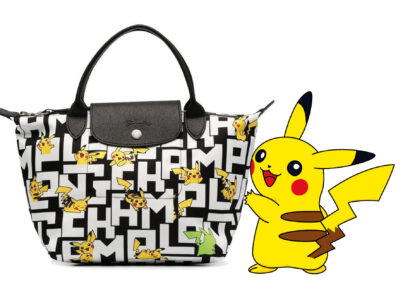
luxury conquers the no canal
Feared by luxury houses at the beginning, making most of them late adopters, the digital world is now a major and unavoidable axis of their ...
Our Expertise
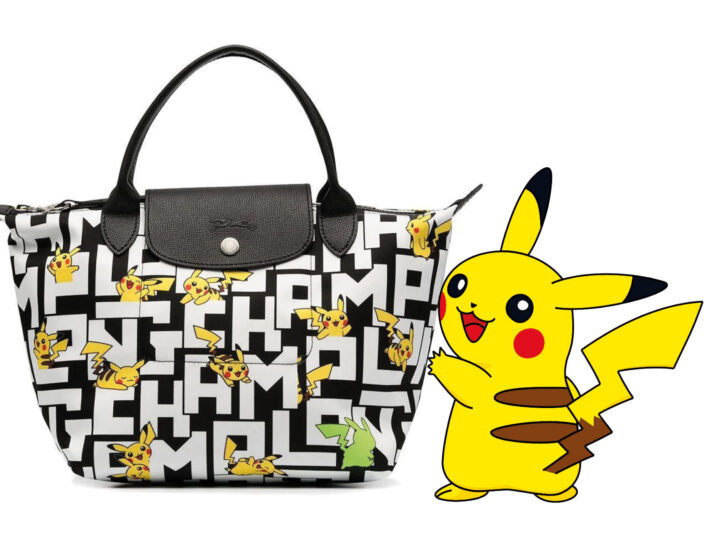
Feared by luxury houses at the beginning, making most of them late adopters, the digital world is now a major and unavoidable axis of their growth strategies.
A look back at the digitalization of luxury since 2019 in the fashion and jewelry sector.
COVID-19
It is no longer to be proven, the COVID-19 pandemic has shaken up all industries, and the major brands have had to adapt their services on the web. Indeed, the Haute Couture houses are feeling the pinch: confinement and border closures have led to a drop in traffic in the city boutiques but also in the airport shops. While the luxury sector was experiencing annual growth rates of between 4 and 6% before COVID, by 2020 it will be suffering a 25% drop. No choice but to strengthen their online presence to compensate for the loss of sales in boutiques and retail. The few luxury brands that are digital forerunners have been able to benefit from their presence and lead on the web as revealed by Ipsos in its 2020 ‘World Luxury Tracking’ report: 70% of Chinese, 51% of Americans and 35% of Europeans made online purchases of luxury goods during the lockdown and plan to continue to buy through the various channels offered (multi-brand sites, e-shop brands, second-hand portals, social networks). Faced with this inexorable growth, brands with little or no online presence had to react quickly.
LUXURY IMAGE & DIGITAL UPGRADE
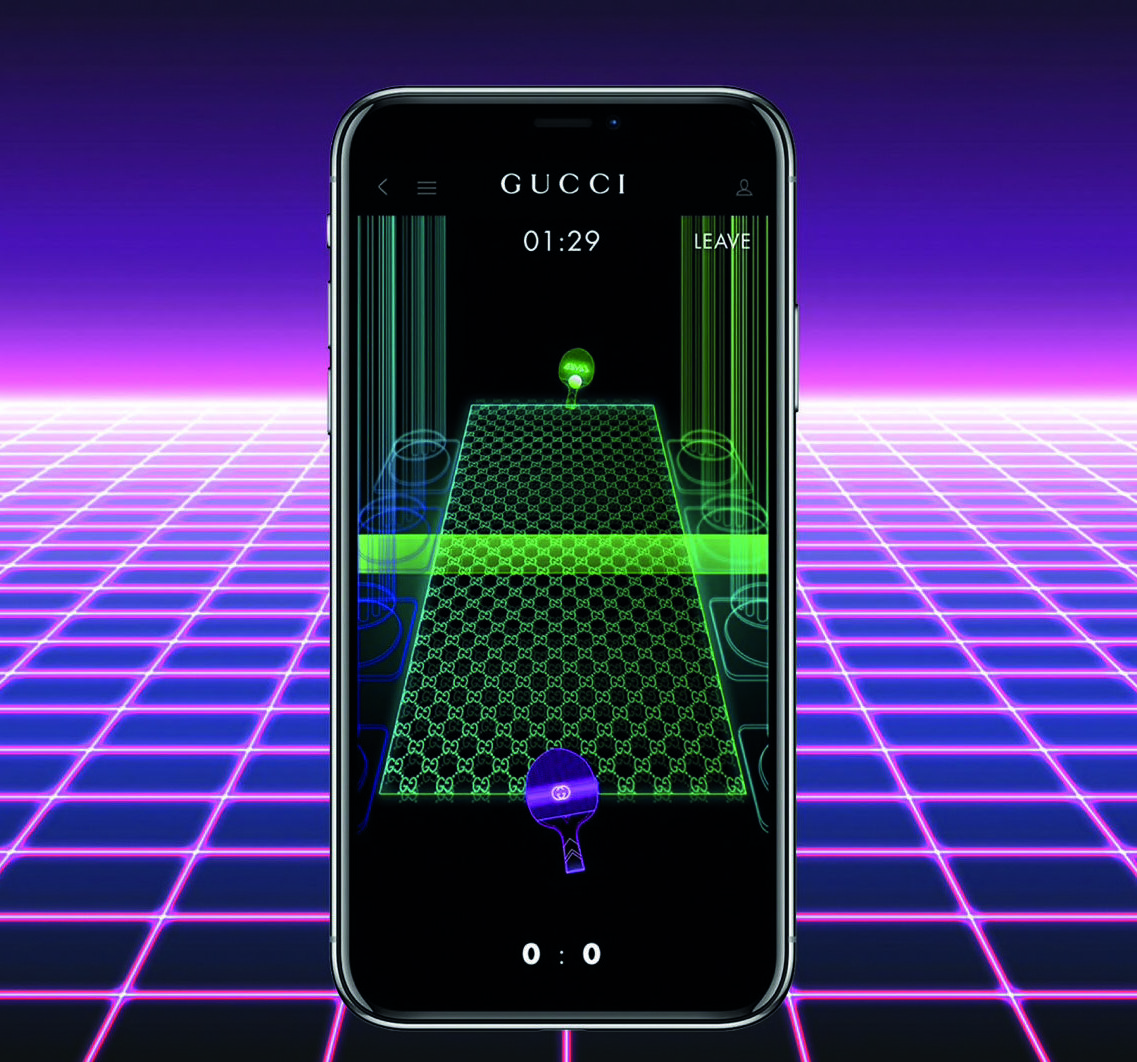
Reminiscent of vintage video games from the 70s and 80s, Gucci Arcade allows players to immerse themselves in worlds inspired by the House’s prints, patterns and codes
Digital poses many challenges to brands in the luxury sector, including how to maintain their presence and growth in this universe while keeping the DNA and heritage of these brands (premiumity, rarity, accessibility, etc).
If some brands (Bulgari, Montblanc, Cartier…) have chosen the simple opening of an e-commerce site, others have chosen phygital methods:
A MARKETING TURN
Consumer Change
While the consumer was a simple observer of fashion 5-10 years ago, the exponential rise of the digital age has shaken up his behavior, especially on social networks. They have become active influencers, wanting to interact with their favorite brands, participating in their success and identifying with their values, and with ever more demanding expectations. Increasingly concerned about image and exposure, a majority of consumers will use at least one digital channel during their customer experience. We have entered the era of the “loyal zapper,” which requires companies to imagine new ways of doing things and experiences. Influencer marketing has become one of the key levers for the Houses, and an integral part of their digital storefronts.
Digital has now become the pillar of the relationship between the brand and its new target: generation Z, destined to become its main clientele as shown in the Bain & Company study (The Millennial State of Mind, 2017) : 15-24 year olds could represent 40% of luxury goods sales by 2035. Thus, the front rows of the fashion shows are now giving way to Instagram influencers and bloggers (Chiara Feragni, Lena Mahfouf, Paola Lct, Carla Ginola, etc.) who do not fail to relay the new trends to their communities on the web.
Be Open To New Collaborations
To appeal to this generation Z, also known as the “digital generation,” the world of luxury must continue to use its creativity to become digital. The brands are not mistaken and are multiplying their collaborations and innovations. The greatest Houses used to collaborate with other luxury brands such as the automotive or jewelry sector, but one of the main players of the digital era is the video game industry, whose growth and attractiveness are not weakening (annual market of 140 billion dollars in 2020 according to the SuperData – Nielsen report). Some Haute Couture brands have not hesitated to call upon this sector in order to renew themselves and approach new customers through these immersive experiences.
Some Notable Partnerships:
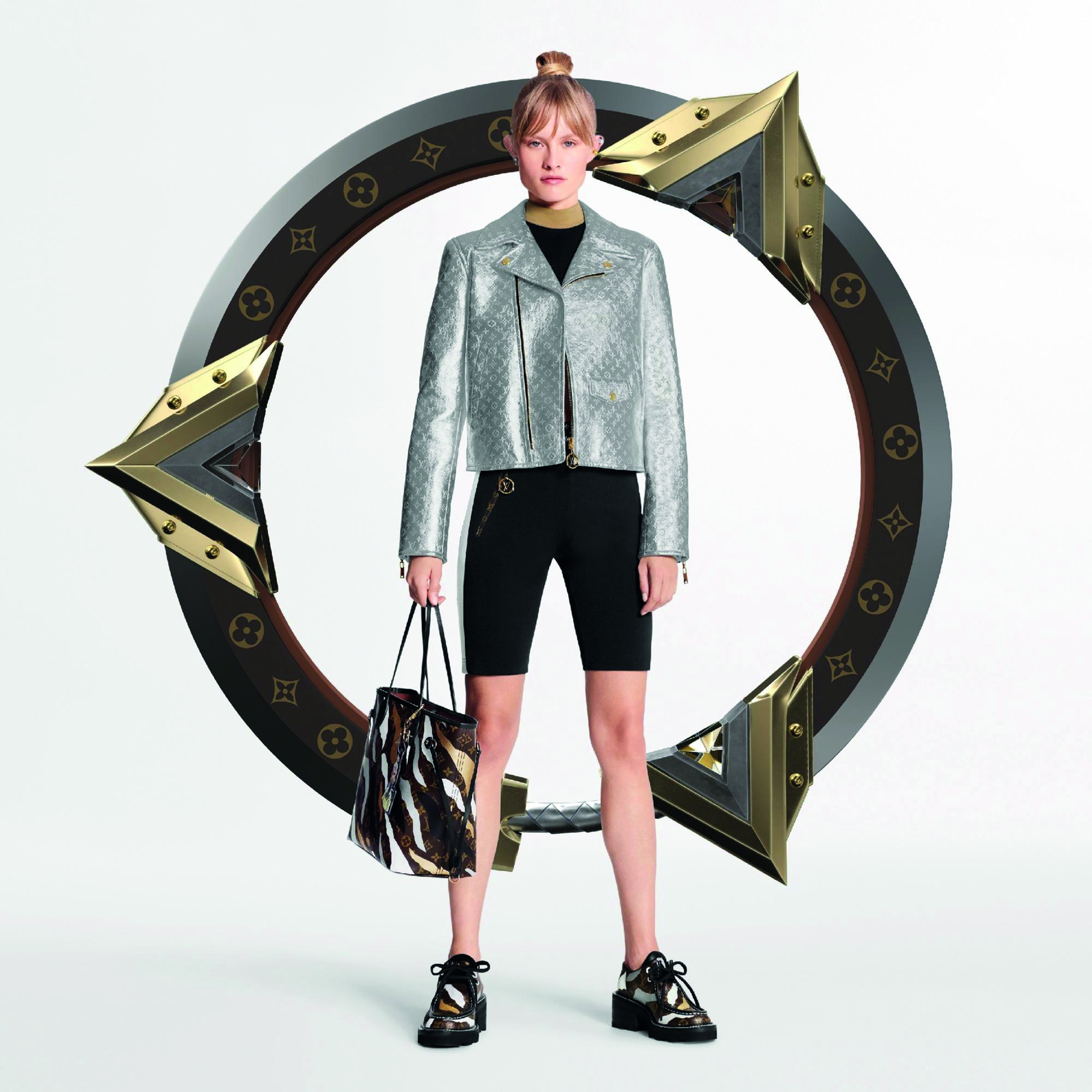
Louis Vuitton’s partnership with the online game League of Legends.
Louis Vuitton with online game League of Legends, 180 million active users.
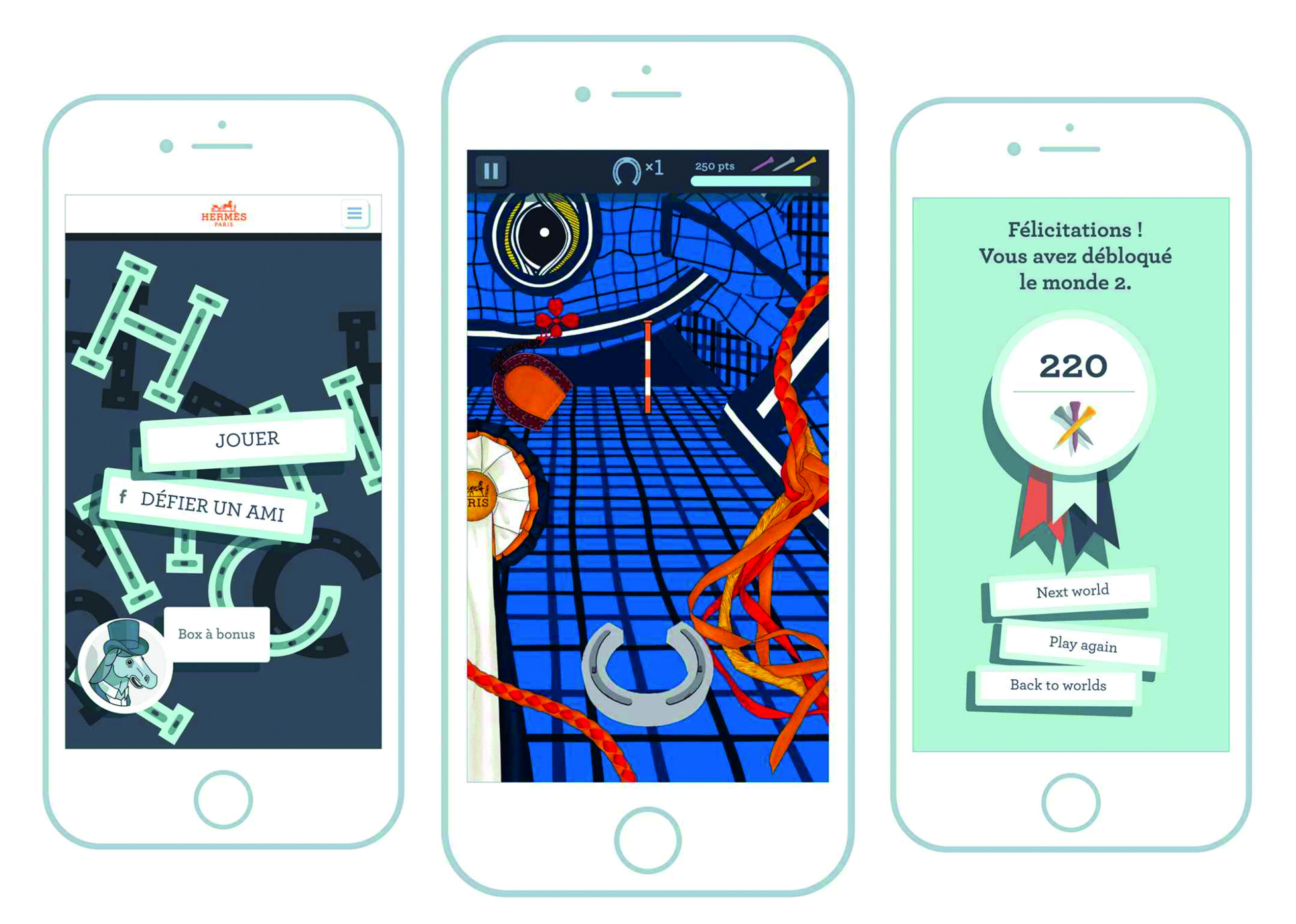
H-pitchhh application by Hermès
Some Houses have gone further by creating their own mobile games like :
Many digital innovations are still expected in the years to come. It will be up to the various players in the luxury industry to adapt to offer a premium experience to meet the new demands of today’s and tomorrow’s customers in the phygital era. Indeed, among the many existing channels that continue to evolve, the consumer gets lost and simply wants to live his customer experience without worrying about the entry key.
The challenge in this continuous digitalization will be to succeed in presenting a coherent offer, regardless of the channel used: it is a question of breaking the boundary between online and offline, of merging them together, and allowing the customer to no longer make a distinction between the different channels of his favorite brand. Beyond omnichannel commerce, we are talking about no-channel commerce which can imply major transformations in companies: customer data management without online/offline distinction, digitalization of stores, customer service and experience, logistics management, or even de-siloing departments to enable better interaction and also abolish internal boundaries.
_
Juliette Darcissac

Feared by luxury houses at the beginning, making most of them late adopters, the digital world is now a major and unavoidable axis of their ...
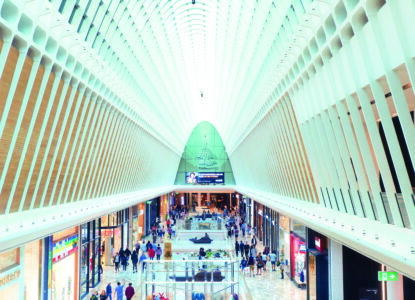
Scanning a barcode to know the composition of a product, reading other customers before choosing a restaurant, or comparing airfare prices, ...
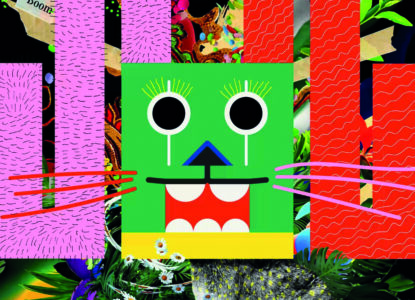
From Christie’s sale of a piece of digital art for $69 million, to Jack Dorsey’s (co-founder of the Twitter platform) first twee...